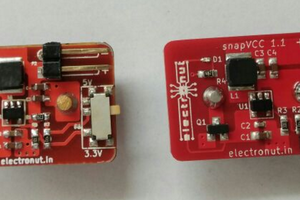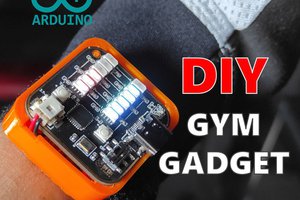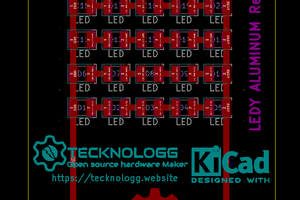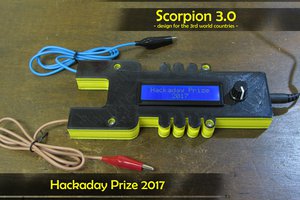As a person who is fascinated by technology, it is always exciting when I learn the theoretical principles of an unpopular device. However, what is more interesting is when I’m able to apply the knowledge and build a functioning prototype.
This post details my experience building a plasmatic lighter with the help of the fantastic staffs at PCBGOGO.
Components Used to Develop the Plazmatic Lighter
In the course of creating this product, there are a few components that are essential and others that are not so necessary. For the sake of completeness, every component I used here will be duly listed and the rating will also be provided.
Depending on the size of the plazmatic lighter you’re building, these components might vary slightly for you, so it is best to keep this in mind and be consistent throughout.
A lithium-ion battery was used with an output voltage of about 3.7 V and 2200 mAh current rating. Also, a transformer is required. As usual, we have a capacitor whose size is 470 uF. A carbon film resistor of about 330 Ohm and 1 W is also required, and then we need the TIP31C Bipolar Transistor, as well as the 1N5819 diode.
Steps to Building the Plazmatic Lighter
Using the components I mentioned above, I created a Gerber file on pcbgogo.com and I provided the relevant details. If you already have a Gerber file, you can also upload it on the platform and then confirm that it meets the requirement.
With the file, you can proceed to order your PCB. With the board delivered, connect the components as they should and then power it accordingly.
Why Did I Use PCBGOGO?
I considered a lot of factors when I was looking out for top PCB manufacturers to work with and I came up with a few companies based on how affordable they are, the quality of their service, and how easy it was to work with the company. I was amazed by the convenience I enjoyed working with PCBGOGO.
Their intuitive website makes it easy to design, confirm your design, and also verify the details of your order. In addition to this, they have an amazing customer service and they are always on ground to ensure that you are not in the dark. The order for the package was delivered in about 7 days and it was just as I envisaged!
About the Plazmatic Lighter I Built
Alright! Enough background information, right? You’re itching to learn more about the lighter, how it works, and whether it lived up to the hype. The battery supplied the DC voltage that was between 3 and 5 V to the lighter and the input current was kept constant at 3A, not going below 2.5A. It worked in the self-excited oscillation boost mode and the frequency was about 20kHz. The length of the arc produced was an astounding 5mm (astounding for me). It also worked continuously for about 10 seconds.
 fr.shirvan
fr.shirvan
 Mahesh Venkitachalam
Mahesh Venkitachalam
 DIY GUY Chris
DIY GUY Chris
 Chromico
Chromico
 Marius Taciuc
Marius Taciuc